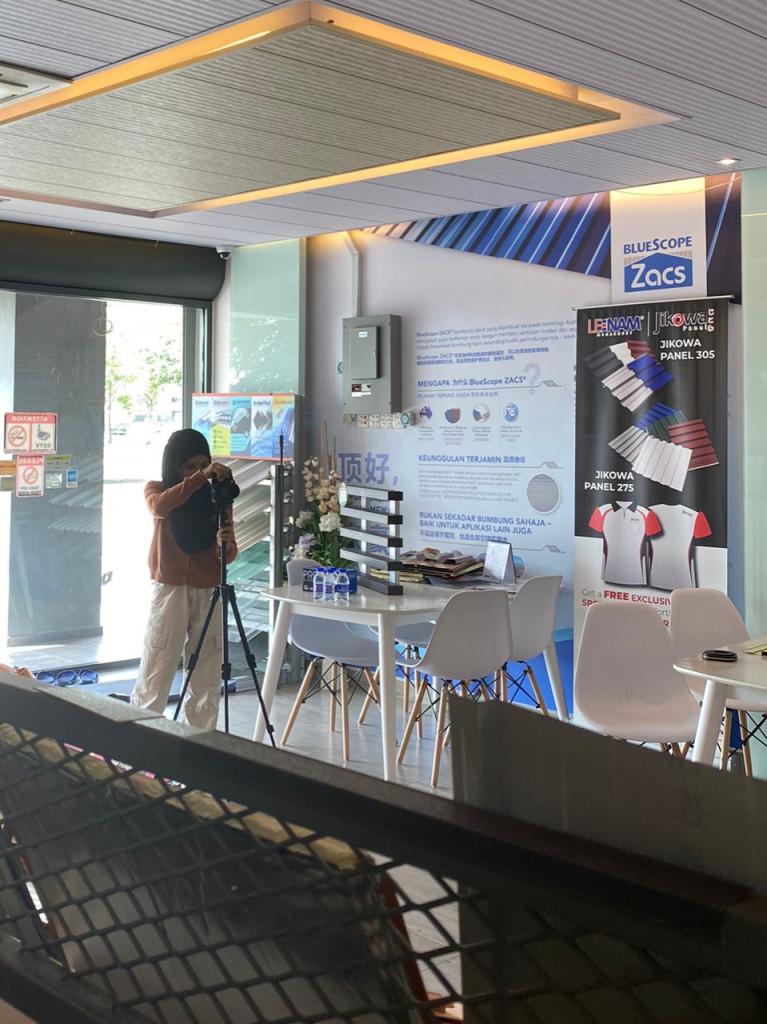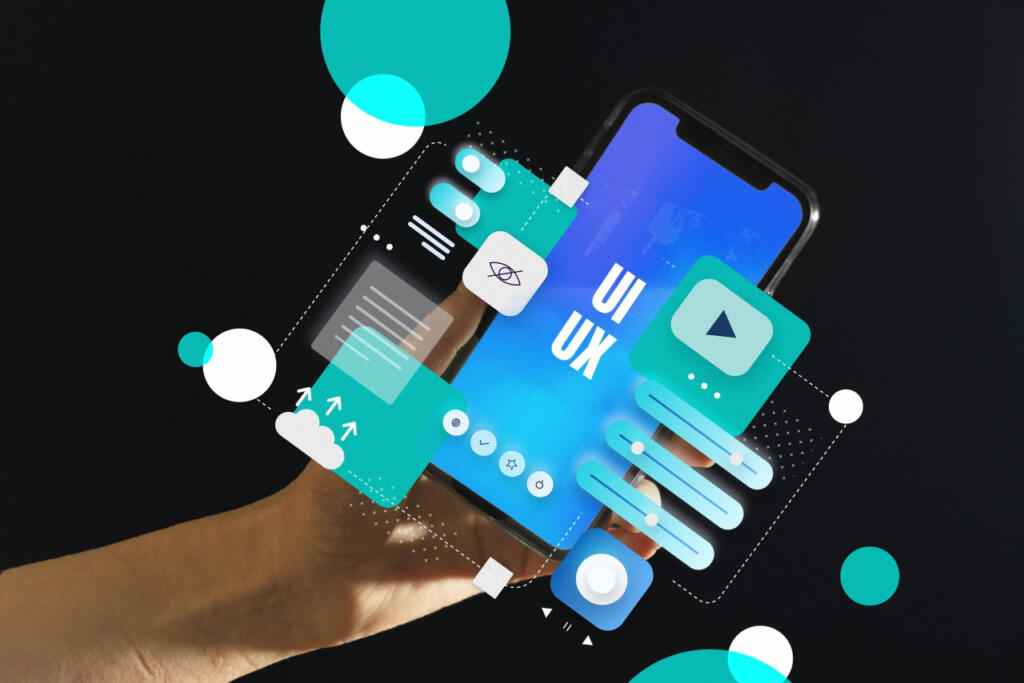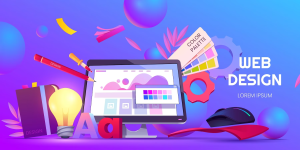Our top-tier consultancy services provide strategic guidance to elevate your entire digital presence.
Learn More
Contents
Key Website Features That Elevate Your Marketing
Many companies make the mistake of disregarding website utilities when first designing them. The success of a website relies heavily on its usability and should never be overlooked. Good usability enhances your website’s performance and lets you do more with it. Additionally, it can lead to increased earnings and sales for your company.
To make your website serve your business better, your website must look attractive and provide a seamless user experience for visitors. This is where utility plays a vital role to make your website stand out from competitors. The primary objective of effective web design is to make it easy for users to quickly and effortlessly find the information they need.
You can make your website more user-friendly with these simple guidelines:

Simplify the User Interface
To create a successful website, keep the user interface simple and uncluttered. This will help users focus on the most important aspects of your product or content and improve user retention. Over time, the minimalist approach has gained immense popularity in website design. Embracing this approach involves using the bare minimum of visual elements, facilitating seamless user interaction with the information provided on the site.
When users are met with a clutter-free and intuitive interface, they have an easier time engaging with your content. Notably, simplicity in design enhances the user experience and ensures faster loading times, benefiting both users and search engine rankings. This is why a clean and concise website interface is important.
Support For Multiple Devices
To create a reliable online presence for your business, your website should be accessible to everyone, regardless of the device they are using. This means that it should work properly on all browsers and devices, including desktop computers, laptops, tablets, and smartphones. This may take more time, but it’s worth it for your customers.
To keep your website user-friendly, regularly assess its functionality, user experience, security, and accessibility. Keep in mind that users may access your website from a variety of devices with different screen sizes, orientations, and settings. Look out for things such as misaligned text, distorted images, and unreadable content. These issues can be disruptive to the user experience and leave a poor impression on your business.

Make the Website Responsive
A responsive web design adjusts its design based on a user’s behaviour, screen size, platform, and intent. These are conducive to having a smooth and clean user experience regardless of the browser or device that is being used to view the website.
Prioritizing a website’s responsiveness is important for creating a good user experience, especially for those with slow internet speeds. A responsive website will load faster for users with limited bandwidth, even if it means using lower-resolution images and resources. This is because the website is designed to load in a compressed format, which makes it easier to download.
The benefit of this approach is that users can open the website on any device, regardless of their internet speed. This is because the website will automatically adjust its layout to fit the screen size of the device it is being viewed on. As a result, users are more likely to use your website if they can easily open it.
Utilising a Bold Colour Scheme
Colour has a profound impact on people’s perceptions and reactions to their surroundings, including websites. It can substantially alter how visitors perceive a website, making it appear more professional and enhancing user interaction through the use of colour.
To deliver an improved user experience and create a positive impression of your site, effective colour usage is crucial. Bright or contrasting colours will help key visual elements to stand out and identify interactive buttons. Conversely, you can also consider using colours that match your business’ colour scheme so that it is easily identifiable. However, employing a limited colour scheme can create a sense of emptiness on the website or make it difficult for users to navigate and find what they are looking for.
Utilising the Proper Fonts
Text on a website is important to its ability to convey information. If text is difficult to read, users and readers will quickly lose interest. Therefore, precise design and contrast play a crucial role in ensuring information is easily comprehensible.
Create an appealing initial impact by using eye-catching colour choices and simple typefaces. It is essential to ensure that visitors can read your website’s content at its default size. However, consider offering a function that allows users to increase the font size for improved readability.
If the content is not clear and legible, visitors will be discouraged from exploring and understanding the website. Thus, selecting appropriate typefaces necessitates careful consideration.

Website Design Made Easy
There are many things you can do to create a user-friendly website. By following the tips in this article, you can create a website that is easy to use and navigate, regardless of the device it is being viewed on. Some of the most important tips include simplifying the user interface, supporting multiple devices, making the website responsive, utilizing a bold colour scheme, and utilizing the proper fonts. By following these tips, you can create a user-friendly website that will be enjoyed by everyone who visits it.
Kode Digital have honed our website design skills for a variety of clients through practice and patience. As a Meta Business Partner, Kode Digital has access to exclusive tools and resources that can help our clients get the most out of Meta’s platforms. Our team stays up-to-date on the latest Meta marketing trends and best practices.


























